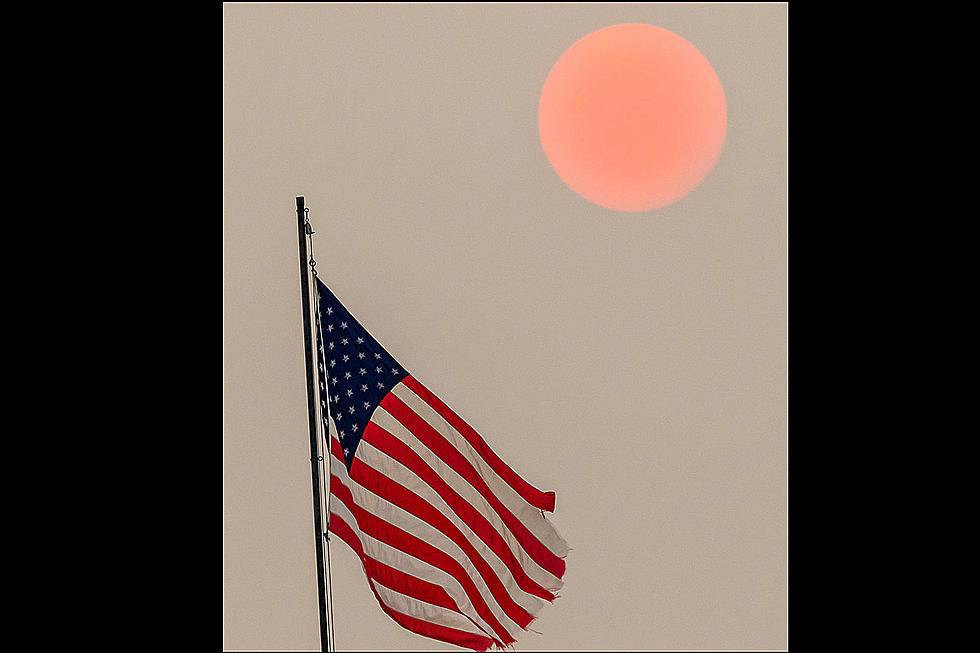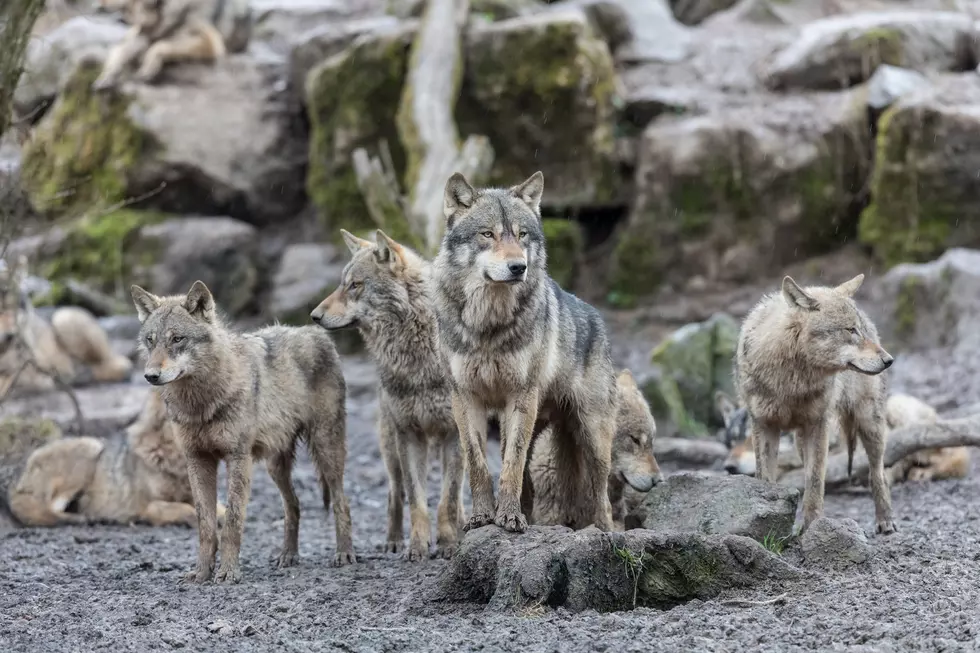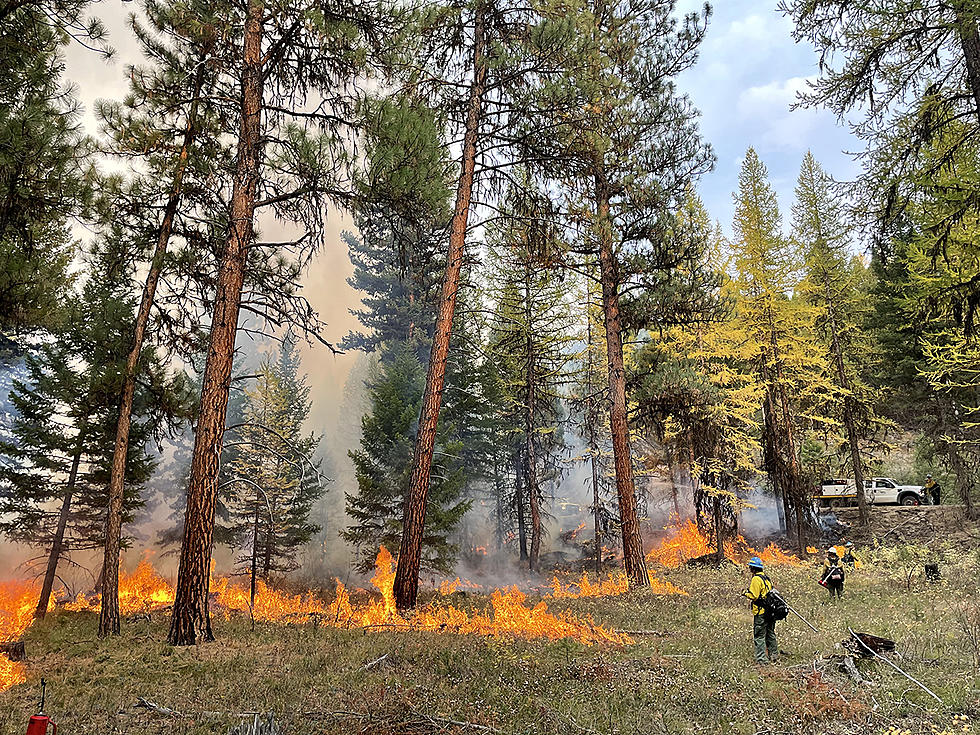
Bitterroot Valley Air Quality – Smoke-filled
Hamilton's air quality was reduced to "Unhealthy" Sunday afternoon, one of the earliest times in recent history during fire season. The smoke from Idaho forest fires had been dropping the official Air Quality measurement last week to "Unhealthy for Sensitive Groups," but July 11th from 4 p.m. to just past midnight, the Department of Environmental Quality guage at the Ravalli County Courthouse showed the next stage had been reached - Unhealthy. It improved a bit Monday morning. As air quality worsens, the next levels are "Very Unhealthy" and then "Hazardous." At those two levels, the public is advised to "remain indoors as much as possible."
The smoke in the valley generally is coming from the Dixie Fire in Idaho, south of Grangeville. This fire has grown to over 15,000 acres as of Sunday and fire officials are seeing growth in all directions, but are most concerned with its spread east into the Salmon River canyon, especially with Monday's predicted northwest winds.
But that's not the only smoke source. South of Lewiston, Idaho, are six fires, which so far have burned a combined 100,000 acres. That smoke is also coming into Montana on the prevailing winds.
Meanwhile, at Lolo Pass, near Highway 12, fires are burning on both the Nez Perce-Clearwater National Forest in Idaho and Montana's Lolo National Forest. Lolo Hot Springs has been under an evacuation warning. The Lolo Pass Visitor Center is closed. Lolo firefighters are also battling several smaller lightning caused fires in the Superior and Plains/Thompson Falls Ranger Districts.
South of the Bitterroot Valley, the Trail Creek Fire on the Beaverhead-Deerlodge National Forest has endangered the popular May Creek Cabin. The 900-acre fire is north of Highway 43 about 20 miles west of Wisdom. Highway 43 over Chief Joseph Pass was open at last report, but travelers should be aware. By the way, the Beaverhead-Deerlodge National Forest has moved into Stage 1 Fire Restrictions, with campfires only allowed in developed recreation areas in approved fire rings.
LOOK: The most expensive weather and climate disasters in recent decades
More From 94.9 KYSS FM








